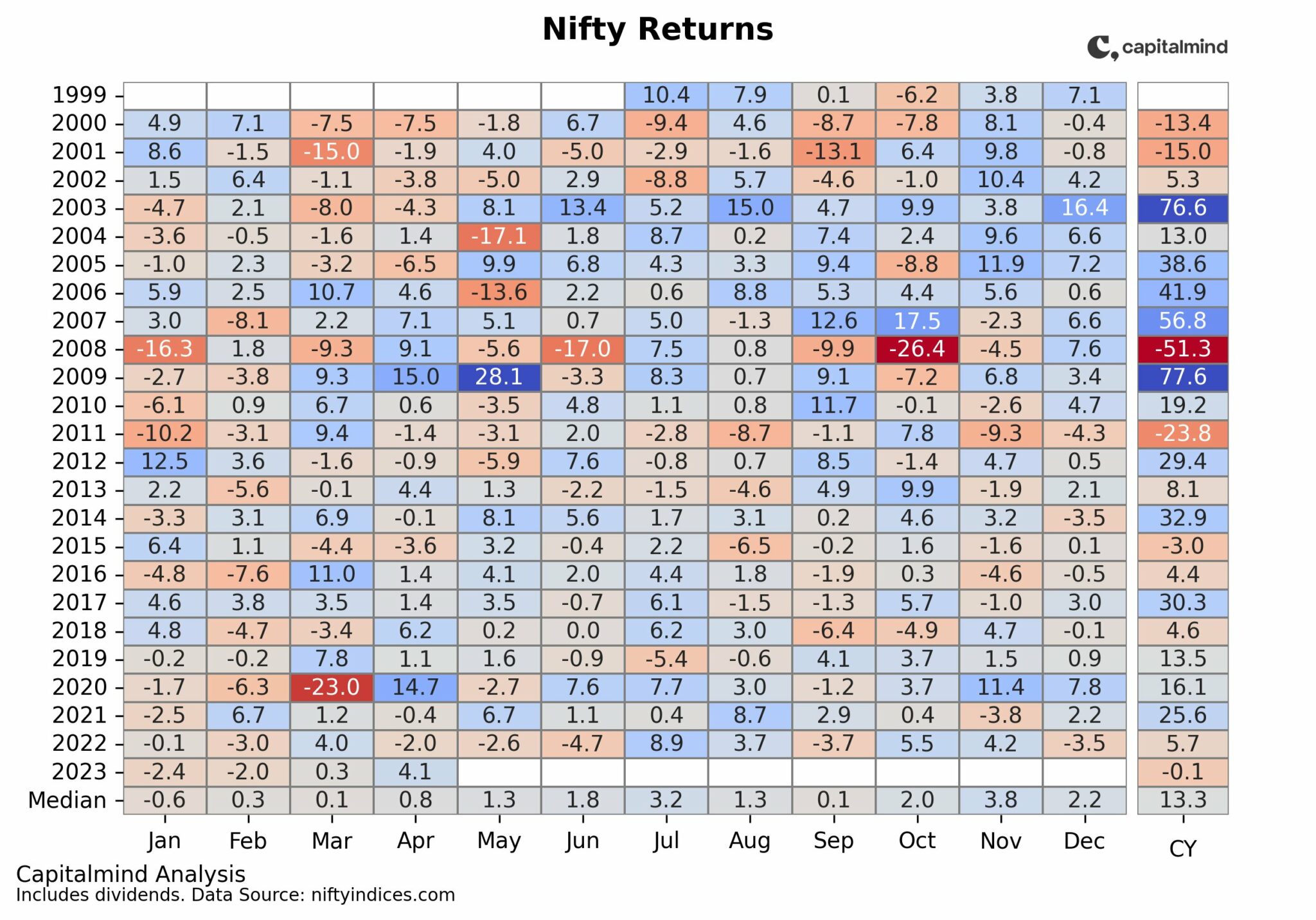The Rupee has slid slowly to Rs. 65.5 to a dollar, after a couple weeks of being under Rs. 64. In our premium letter earlier (requires subscription) we had capped the rise of the rupee and spoke about how it would reverse since the inflows were only about FIIs buying rupee debt, and that they had finished up their new increased limits.
Against the rupee, we have seen a sharp rise in the value of the dollar and the Pound, while the Yen and Euro have been in a short-term downtrend.
Since we were at 66.8 a few days back, it doesn’t seem too bad to have a conversion rate of 65.6 now. But it’s turning!
There are good reasons for this: Foreign investment is slowing and indeed, reversing. FII sales have been steady in the last few days.
[blurb-capmind-prem]
There will be another round of volatility in January when more trading limits open up further for foreigners buying Indian government securities. There are issues, though, that plague the rupee:
- Continued fall in trade (both imports and exports) and a flat trade deficit
- Reduction in remittances from the middle east (With Lower revenues we can expect that to fall)
- Reduced FII interest in India, because our markets are expensive compared with the rest of the world.
- A fall in FDI which has been pushed through primarily by these massive fund raising efforts by startups (who raised more money last year than Indian IPOs!). It looks like the big investment cycle may be behind us, as some sectors are now gasping for breath and not finding funding.
- The TPP and its impact on Indian pharma and textile exports. (See this article)
For the rupee to be less dependent on inflows, we have to build things other countries really want. If we want to be dependant on inflows, we have to Free the Rupee. (Make it convertible) The decisions required to make these outcomes happen within five years, have to be taken now. Otherwise that rupee graph will always be looking like it starts low on the left and goes high to the right.





